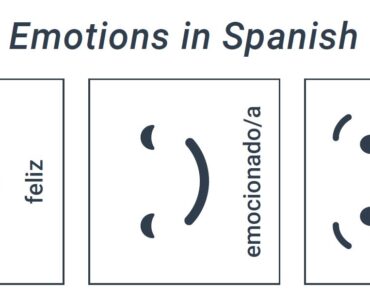Since Brexit, there are 27 member states in the European Union in which 24 different official languages are spoken. This makes translation a hot topic in the EU. The most common languages are English, German and French, which, including Spanish, often also function as relay languages. ( A relay language is the translation from an original language, which in turn is used as the basis for further translations.)
To enable all EU member states to participate equally in relevant proceedings, and with the ever-growing need for translation within the EU, the EU formed the Directorate-General for Translation. This organization was created inter alia in order not to have to go through a relay language every time members of two language communities want to communicate with each other.
The Directorate-General for Translation
The Directorate-General for Translation translates texts for the European Commission into and from the 24 official languages of the EU and, if necessary, from others as well. The translators working here translate strategy papers, legal texts, administrative letters and websites that are prepared by or sent to the Commission; usually in their mother tongue or main language.
The IATE Database
EU translators rely on the IATE database (IATE= Interactive Terminology for Europe). The IATE is the multilingual and inter-institutional terminology database of the EU . Since the summer of 2004 it is used by EU institutions and bodies to collect, distribute and manage EU-specific terminology. It currently contains over about 8 million terms which can be translated to any one of the 24 official EU languages and in any combination. The database is continuously updated and kept up to date: new entries are added. Obsolete and non-applicable terms are deleted. This tool therefore provides an excellent basis and support for translators; And not only within the EU institutions, because the site is publicly accessible and can be used by everyone.
Translation Center for the Bodies of the European Union
In addition to the Directorate-General for Translation, there is also the Translation Center for the Bodies of the European Union. This group provides language services (in addition to translations, for example, revisions, general text editing, terminology work) for agencies and other EU institutions in Europe. It also works together with the other EU translation services. The center supports the translation services of other EU institutions and other bodies when they are heavily overloaded and helps them with special projects.
The European Union also provides various tools for writing and translating texts on its website. In addition to the IATE database, there is also an overview page with abbreviations and acronyms from each EU language, listed from A to Z, as well as guidelines for translation service providers that can be called up for each target language; and also fixed names of institutions and the administrative structure list of the EU. And so that a linguistically correct and therefore easier to translate text can be created by EU employees and external contributors, you will also find a very detailed manual on the topic (Claire’s Clear Writing Tips).
In keeping with the times, there is also a machine translation service on the European Union website. ETranslation is available online free of charge, but, unlike the IATE, it can only be used by European public administrations, small and medium-sized enterprises, university language faculties and projects under the Connecting Europe facility. The platform was launched in November 2017, but there was already a machine translation service from the European Commission. Here, too, everyone can translate into all EU official languages. However, as is generally the case with machine-generated translations, only raw translations are delivered in this way, which can provide a rough overview of the content and a starting point for subsequent human-made translation.
Interpretation Services in the EU
In addition to written texts that need to be translated, the spoken word naturally also plays an important role within this institution and its various organs. The European Parliament, the European Commission and the Court of Justice of the European Union each have their own interpreting service. However, there are also freelance interpreters who work regularly with the permanently employed interpreters. The focus is on the 24 official languages of the EU, but other languages are also required.
Qualifying as a Translator for the EU
Being a translator for the EU is not easy, and only the best ones are chosen. On the website of the EU there is an exact overview of the requirements, which foreign languages one should speak, and mother tongue requirements. Once a translator is qualified, he or she will be considered for a pre-selection test. This test must be passed in order to be admitted to an accreditation test, which takes place directly in Brussels in front of an examination board. Final acceptance results in inclusion in the joint database of contract interpreters of the three aforementioned EU organs. This meticulous vetting procedure ensures the highest quality translation on the sensitive topics which are the often the case with EU materials.






Hello, Your translation blog is amazing for everyone and very informative for me. I am also a translator at Acadetudio. Acadestudio provides multiple language translation services. If you require any language services please contact.